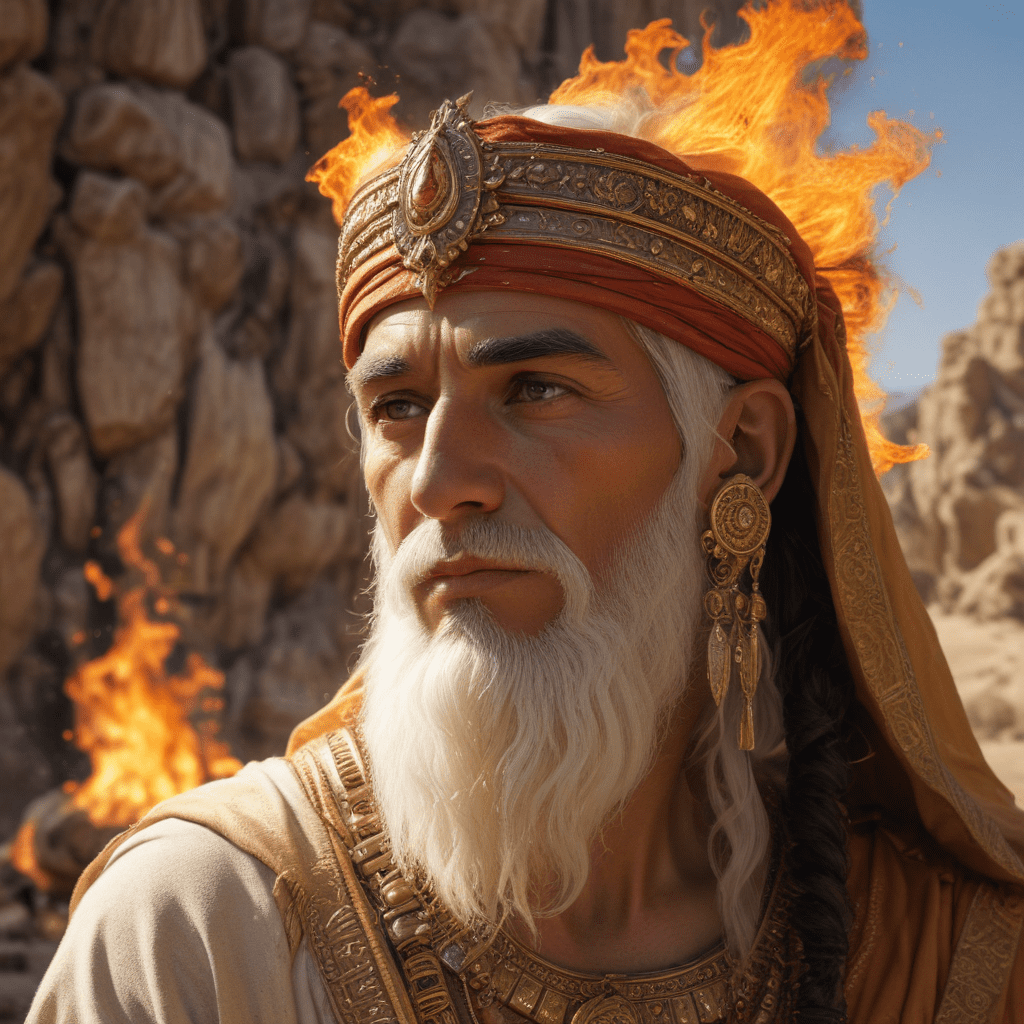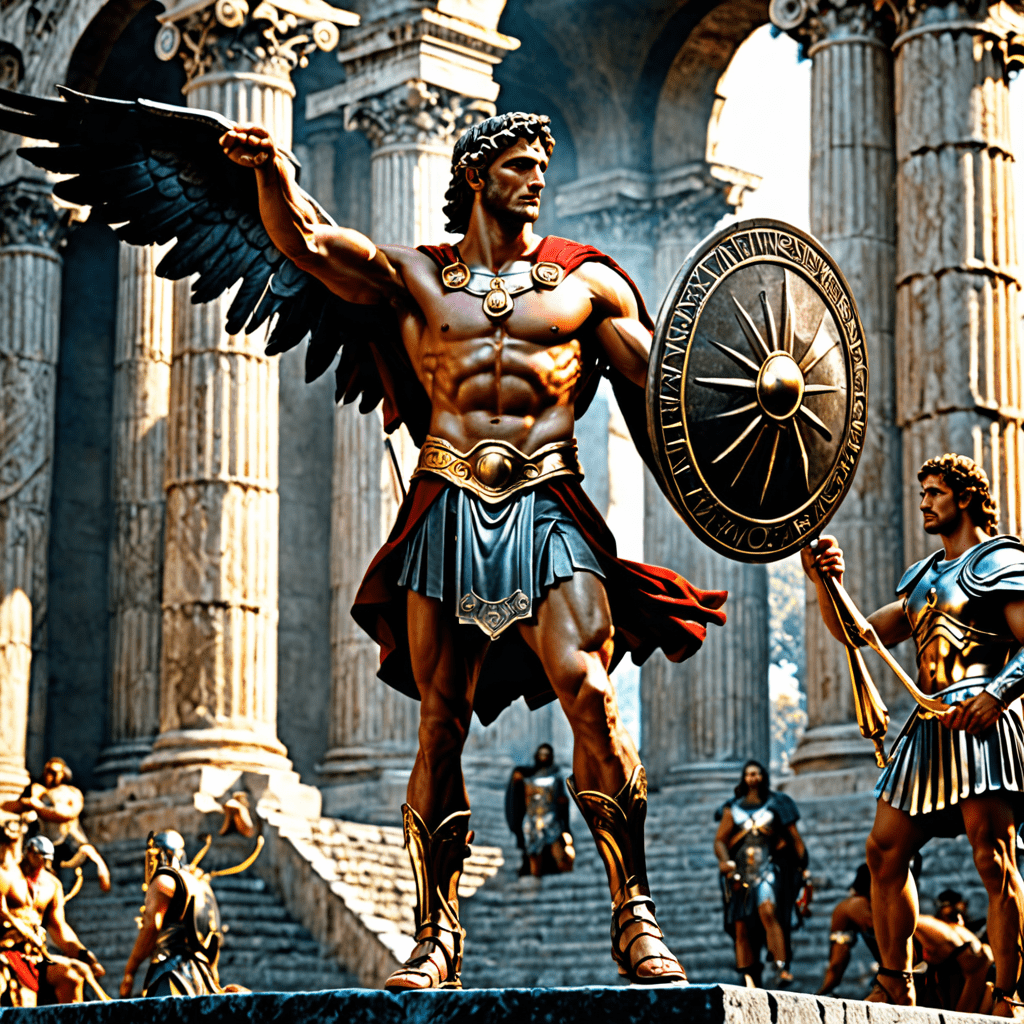Mayan Mythological Cosmogony: Origins of the Universe
The Popol Vuh: A Window into Mayan Cosmology
The Popol Vuh, a sacred Mayan text, unveils the intricate tapestry of their mythological cosmogony. This text, regarded as the Quiché Maya creation myth, unveils the origins of the universe, the creation of humankind, and the structure of the cosmos. It offers a captivating glimpse into the beliefs, values, and worldview of the ancient Maya civilization.
Within the pages of the Popol Vuh, readers embark on a journey through time and imagination. The text begins in a state of primordial darkness and stillness, where the only entities are the Heart-Gods, Tepeu and Gucumatz. These divine beings, existing in the midst of nothingness, contemplate the creation of the universe. Their discussions and deliberations set the stage for the unfolding of a remarkable story.
The Popol Vuh chronicles three distinct creations, each marked by challenges and triumphs. The first attempt, known as the "False Dawn," results in the creation of mud beings that lack consciousness and understanding. The second creation involves the crafting of wooden beings, yet they too fail to meet the expectations of the divine creators. Finally, the third creation marks the successful formation of humankind, sculpted from maize dough and breathed into life by the Heart-Gods.
The narrative then delves into the emergence of the Hero Twins, Hunahpu and Xbalanque. These legendary figures, born from the lineage of the Maize Gods, play a pivotal role in shaping the destiny of the world. Their adventures, replete with trials and tribulations, mirror the eternal struggle between good and evil, light and darkness.
The Popol Vuh paints a vivid picture of the Mayan cosmos, consisting of three distinct levels: the Underworld (Xibalba), the Earthly Plane (Medial Plane), and the Upperworld (Skyworld). Each level holds unique significance and serves as the dwelling place of various deities, spirits, and ancestors. The text further elaborates on the significance of the four cardinal directions and their associated colors, reflecting the Maya's profound connection to the natural world and its cyclical rhythms.
As you delve deeper into the story of the Popol Vuh, you'll uncover profound themes of creation, sacrifice, and renewal. The journey of the Hero Twins epitomizes the ongoing struggle against adversity and the ultimate triumph of good over evil. The text also offers insights into the Mayan concept of time and the cyclical nature of existence.
The legacy of Mayan cosmogony continues to inspire and intrigue scholars, artists, and spiritual seekers alike. Its rich symbolism and profound messages provide a window into the intricate world of Mayan beliefs and offer valuable insights into the human quest for meaning and purpose.
Theories and Interpretations
The Popol Vuh's cosmogony has inspired numerous interpretations and theories, each seeking to unravel its deeper meanings and connections to Mayan culture. One prominent theory delves into the symbolic significance of maize, a staple crop in Mayan society. The creation of humans from maize dough suggests a profound reverence for this life-sustaining grain, reflecting its central role in Mayan sustenance and cultural identity.
Another fascinating perspective explores the connections between the Popol Vuh's narrative and the intricate Mayan calendar. The cyclical nature of the calendar, with its repeating periods of creation, destruction, and renewal, mirrors the cyclical patterns woven into the creation myth. This alignment suggests a profound understanding of time and its cyclical nature, deeply embedded in Mayan beliefs and cosmology.
Furthermore, scholars have examined the significance of human creation within the Popol Vuh. The text portrays humans as the culmination of the divine creators' efforts, entrusted with the responsibility of maintaining balance and harmony in the cosmos. This emphasis on human agency and responsibility highlights the Maya's view of humanity as active participants in the ongoing drama of creation and existence.
Conclusion
The legacy of Mayan cosmogony continues to resonate through the ages, captivating imaginations and inspiring profound reflection. The Popol Vuh, as a testament to this rich tradition, offers a portal into the intricate beliefs and worldview of this ancient civilization. Its captivating narratives, profound symbolism, and enduring themes continue to illuminate the human quest for meaning, purpose, and connection to the cosmos.
Frequently Asked Questions (FAQs)
What is the Popol Vuh?
The Popol Vuh is a sacred Mayan text that details the creation myth, history, and beliefs of the Quiché Maya people.
Who created the universe according to the Popol Vuh?
The Heart-Gods, Tepeu and Gucumatz, are credited with the creation of the universe in the Popol Vuh.
What are the three creations described in the Popol Vuh?
The three creations are the "False Dawn," the creation of the Wooden People, and the creation of Humans from maize dough.
Who are the Hero Twins?
The Hero Twins, Hunahpu and Xbalanque, are legendary figures who play a pivotal role in shaping the destiny of the world in the Popol Vuh.
What are the three levels of the Mayan cosmos?
The three levels are the Underworld (Xibalba), the Earthly Plane (Medial Plane), and the Upperworld (Skyworld).
What is the significance of maize in Mayan cosmogony?
Maize is a sacred crop that symbolizes life, sustenance, and the divine creators' blessings.
What is the connection between the Popol Vuh and the Mayan calendar?
The Popol Vuh's cyclical narrative mirrors the cyclical nature of the Mayan calendar, suggesting a profound understanding of time and its patterns.
What is the significance of human creation in the Popol Vuh?
Humans are portrayed as the culmination of the divine creators' efforts, entrusted with the responsibility of maintaining balance and harmony in the cosmos.



